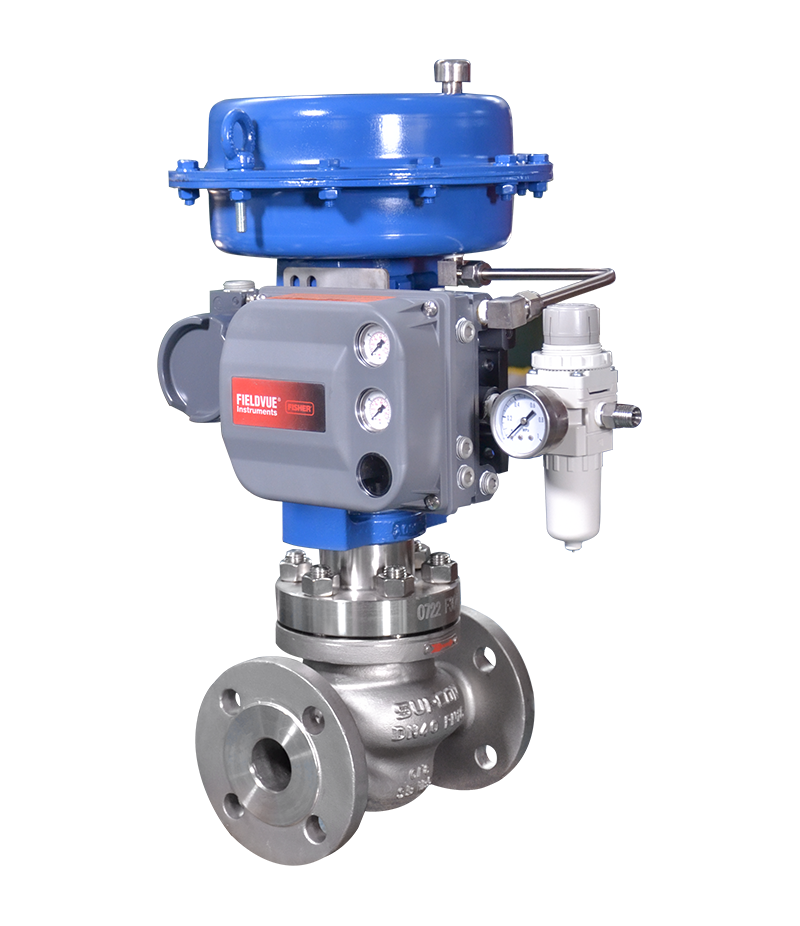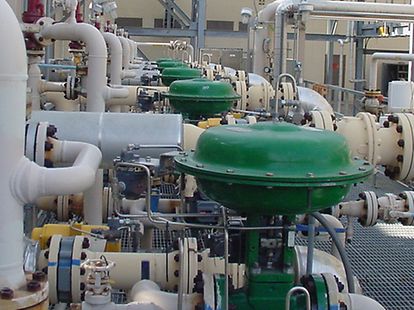Cutting-edge Control Valves: Enhancing Precision and Reliability
Cutting-edge Control Valves: Enhancing Precision and Reliability
Blog Article

Maximize Power Cost Savings and Convenience With Advanced Building Automation Controls
In the world of modern-day style and facility monitoring, the combination of sophisticated building automation controls stands as a pivotal improvement. The merging of technology and sustainability has actually birthed a brand-new age where energy efficiency, convenience optimization, and functional streamlining are no longer achievable realities yet remote aspirations. By taking advantage of the power of automation, buildings can adjust, respond, and evolve in manner ins which were as soon as unbelievable. The capacity for considerable energy financial savings and improved comfort is not simply an opportunity but a promise waiting to be met. This paradigm change in building management holds the essential to unlocking a globe where ecological conscientiousness and resident health sympathetically exist together within the wall surfaces of our structures.
Power Efficiency Advantages
Power effectiveness benefits can dramatically minimize energy consumption and operational prices in structures. Energy-efficient systems, such as sophisticated building automation controls, can maximize the usage of resources like illumination, air conditioning, and heating, leading to lower power expenses over time.
Additionally, enhanced energy efficiency can lengthen the life expectancy of structure devices and systems. By running more effectively, cooling and heating systems, lighting components, and other structure elements experience much less wear and tear, leading to lowered maintenance and substitute costs. In addition, energy-efficient buildings frequently regulate higher building values and rental rates, supplying long-term monetary advantages to owners.
In addition, energy efficiency can enhance owner comfort and performance. Properly controlled indoor atmospheres with optimum lighting and thermal conditions develop an even more pleasurable and helpful work space, resulting in enhanced staff member complete satisfaction and efficiency. Overall, the energy effectiveness benefits connected with advanced building automation controls are diverse, encompassing price financial savings, ecological stewardship, and occupant well-being.
Enhanced Convenience Control
Enhancing convenience control in building settings needs an advanced integration of sophisticated automation systems for optimal occupant health. By utilizing innovative structure automation controls, centers can tailor the indoor atmosphere to meet the certain needs and choices of residents. control valves.
By integrating these innovative controls, structures can not just enhance comfort yet additionally improve power performance by optimizing system operations based on actual occupancy and use patterns. Eventually, prioritizing passenger convenience via advanced automation systems leads to a much more delightful and much healthier interior setting.
Operational Performance Improvements

In addition, the application of real-time monitoring and analytics devices makes it possible for structure drivers to identify power inadequacies and functional anomalies immediately. By continuously keeping track of energy use patterns and system performance metrics, changes can be made in real-time to optimize energy intake and make sure peak functional effectiveness. control valves. In addition, including need response methods into building automation controls can even more enhance operational performance by dynamically adjusting energy use based on grid problems and rates signals
Indoor Environment Optimization
Reliable indoor environment optimization is a fundamental aspect of building automation controls, making certain residents' convenience and wellness while making best use of energy cost savings. By using sophisticated sensors and controls, developing automation systems can continually adjust and check temperature level, humidity levels, air quality, and air flow to produce an optimum interior environment. Maintaining comfortable and consistent conditions not only improves owner complete satisfaction however likewise improves efficiency and total health.
Interior environment optimization additionally plays a crucial function in power effectiveness. By fine-tuning ventilation, home heating, and air conditioning systems based on real-time data and tenancy patterns, developing automation controls can significantly reduce power intake - control valves. Implementing techniques such as demand-controlled ventilation and thermal zoning can help lessen energy waste while making sure that each location of the building gets the necessary conditioning.

Lasting Atmosphere Creation
Structure automation controls not just optimize indoor climate conditions for power effectiveness and occupant comfort yet additionally lay the foundation for developing a sustainable setting with calculated management look what i found of systems and resources. By integrating advanced building automation technologies, such as sensors, actuators, and smart software, centers can adjust and keep an eye on energy use in real-time to minimize waste and decrease their carbon impact. These systems enable anticipating maintenance, recognizing potential issues prior to they escalate and maximizing equipment performance to improve long life and efficiency.
Moreover, lasting setting development prolongs past power management to include water preservation, waste decrease, and interior air top quality enhancement. Building automation controls can manage water use, discover leakages, and guarantee proper waste disposal practices, adding to general sustainability efforts. In addition, by managing and keeping an eye on ventilation and filtering systems, these modern technologies improve owner health and wellness and productivity while decreasing energy usage related to HVAC operations.
Conclusion
To conclude, progressed building automation manages offer significant benefits in regards to energy cost savings, comfort control, operational efficiency, interior environment optimization, and creating a lasting setting. By applying these controls, structures can achieve ideal efficiency while minimizing energy intake and boosting resident convenience. It is noticeable that making use of advanced automation modern technology is essential in improving structure performance my link and creating a much more sustainable future.
Energy effectiveness benefits can considerably reduce power usage and functional prices in structures. In general, the power effectiveness advantages connected with advanced building automation controls are multifaceted, including cost financial savings, ecological stewardship, and resident well-being.
In addition, incorporating demand action approaches right into structure automation controls can additionally enhance functional efficiency by dynamically adjusting energy usage based on grid problems and prices signals.
Building automation manages not only enhance indoor climate problems for power performance and owner convenience yet additionally lay the structure for developing a sustainable environment through tactical monitoring of sources and systems.In conclusion, advanced structure automation regulates offer significant benefits in terms of power financial savings, convenience control, functional performance, interior environment optimization, and producing a sustainable environment.
Report this page